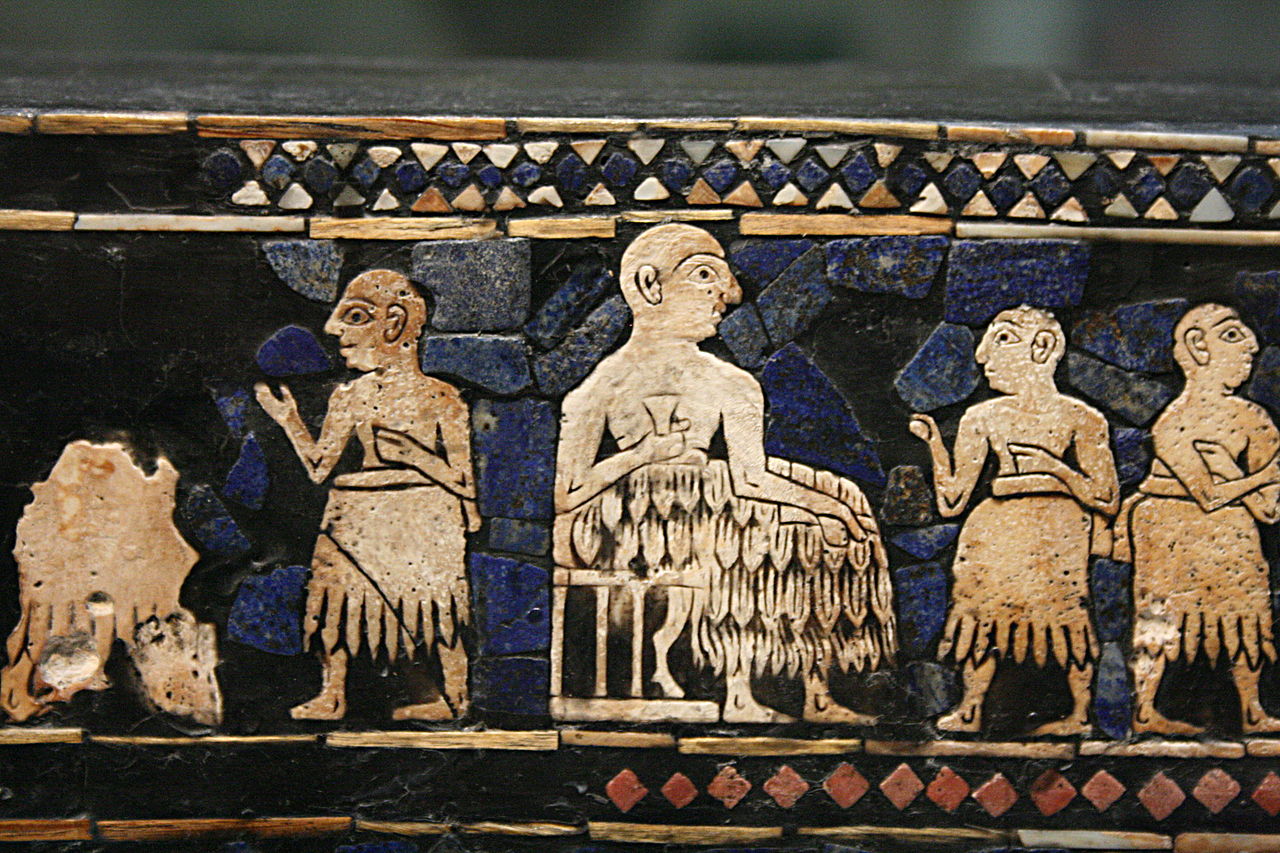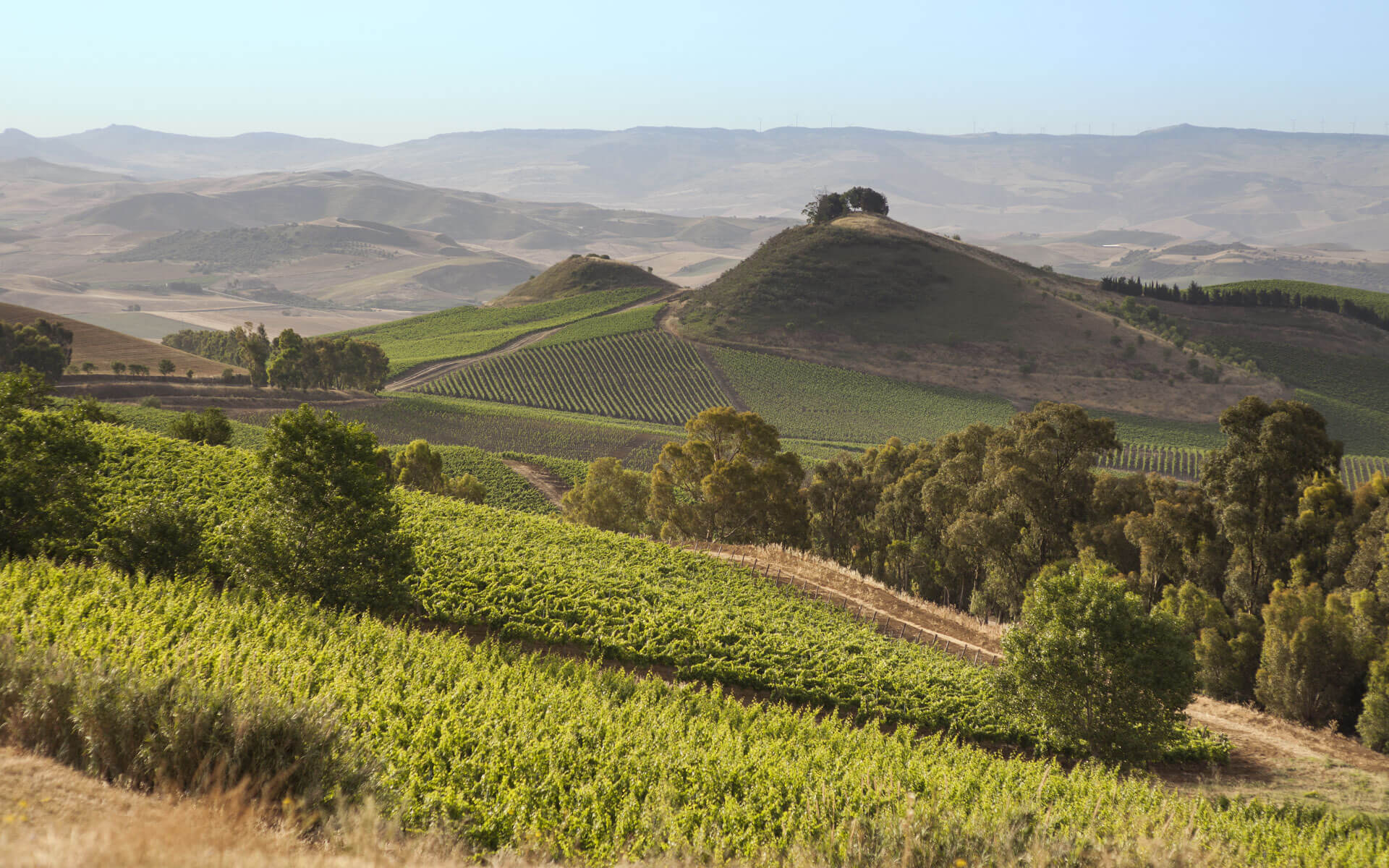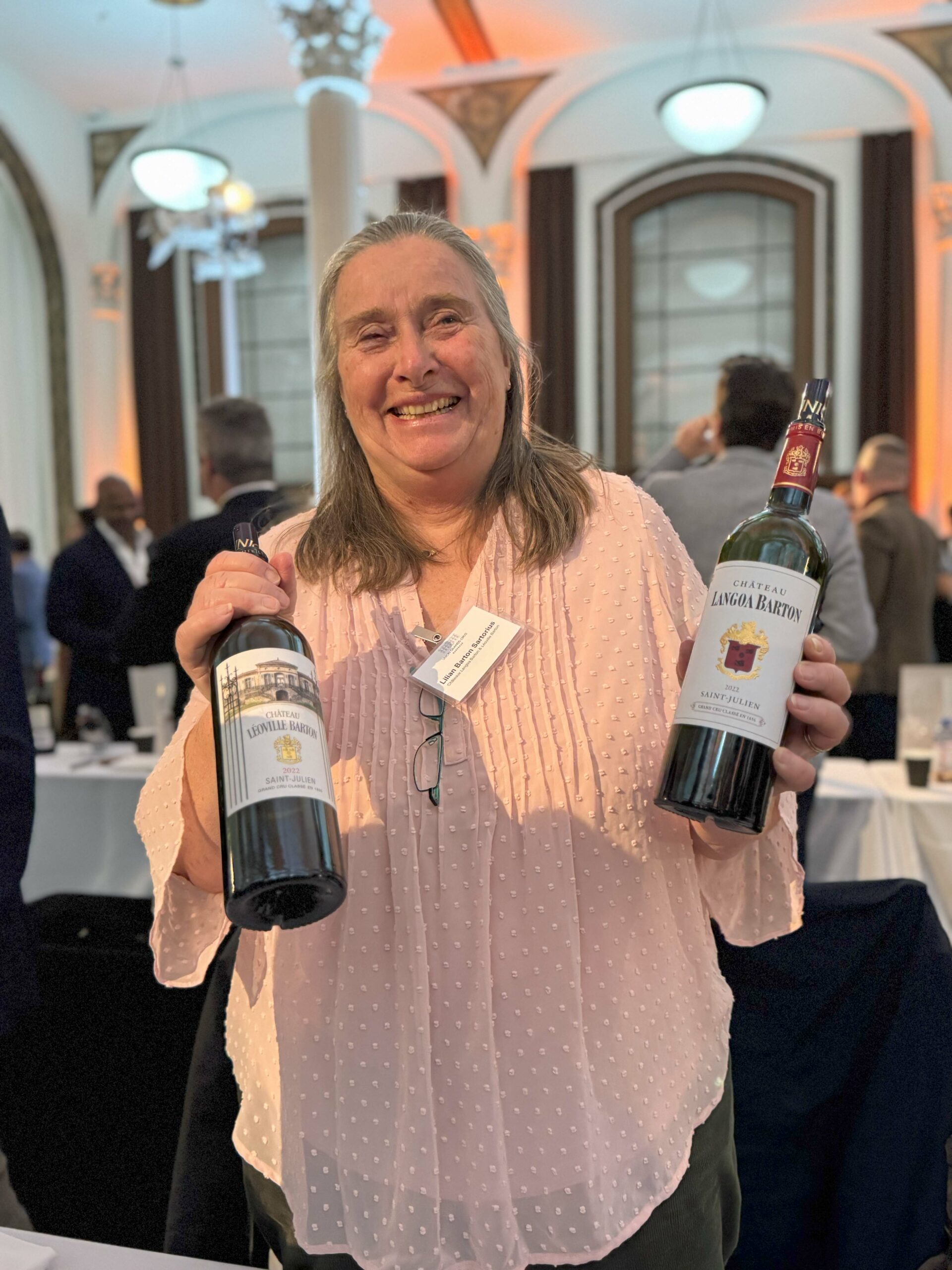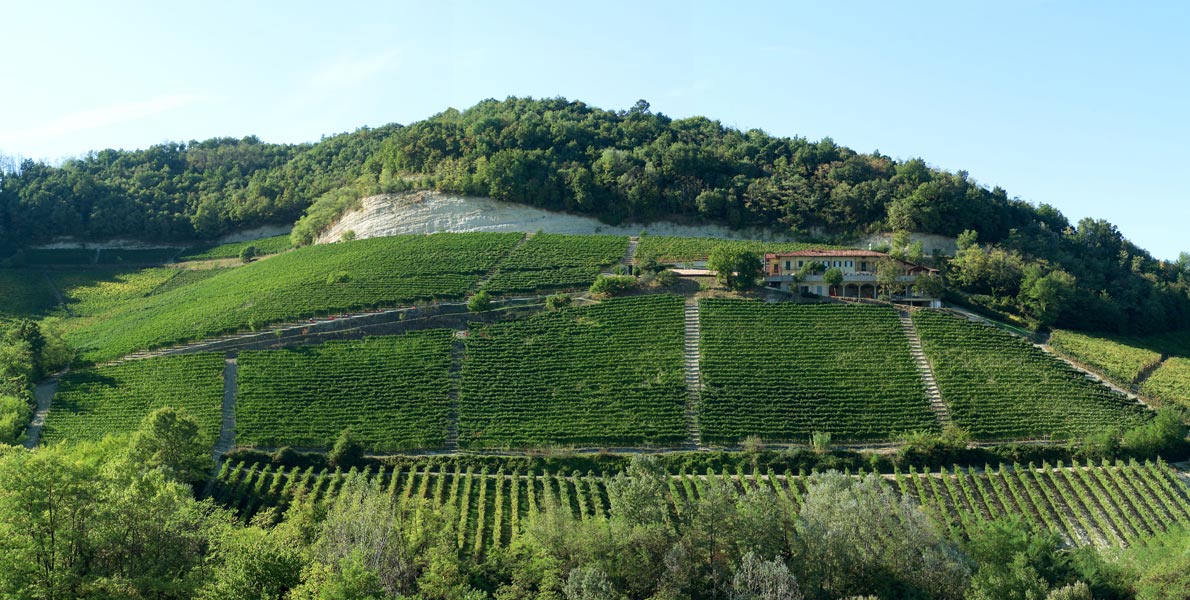Wine has played a role throughout history. While it’s often a supporting actor, sometimes it takes center stage, and sometimes it just leads to really odd side acts. Here’s a collection of 15 of those interesting moments.
1. Wine Is Old, Really Old
The earliest known wine production was in the Neolithic period 10,000 years ago in Georgia (the country, not the state!). Remains of the oldest winery were found in Armenia dating back 6,000 years, and the first known illustration of wine drinking is in a 5,000-year-old Sumerian panel called the Standard of Ur.
Like most great inventions, wine was made by mistake. It’s believed that native yeasts accidentally came in contact with grapes stored in containers, turning the sugars in the grapes into alcohol. Whomever it was, God Bless that Neanderthal.
Winemaking was later refined by the Egyptians and spread throughout the Mediterranean by the Greek. The Romans made it popular all over Europe and the Europeans (particularly the Spaniards) took their juice to the New World, Oceania, and South Africa.
If you’re on the hunt for the oldest wine bottle, it’s in a museum in Germany. The bottle dates to A.D. 325 and was discovered near the town of Speyer, Germany inside a Roman sarcophagus. But be careful if you visit, you’ll be manhandled by some fairly determined keepers if you play around. The museum won’t even touch it out of fear of breakage!
2. Bottom’s Up
“Drinking to one’s health” came from ancient Greece. The dinner host would take the first sip to assure his guests the wine was not poisoned.
Poisoning was trendy in the Middle Ages as well. To be sure your glass was poison-free, you and other drinkers would first pour a bit of wine into each other’s glass, and then bump glasses with a “Cheers” so the drink spilled from one glass to another. That way if there was poison in one, you shared the love.
3. This Gives New Meaning To The Term “Critter Wine”
The dark green wine bottle was an English invention, the work of Sir Kenelm Digby in the 17th century. Wine was previously kept in animal skin bags (usually goat or pig). The skin was cleaned and tanned and turned inside out so that the hairy side was in contact with the wine. And you thought a wine filter was only for sediment.
4. Life, Liberty, and the Pursuit of Wine
The signing of the Declaration of Independence was toasted with glasses of Madeira. The alcohol bill for the Drafters’ included: 54 bottles of Madeira; 60 bottles of Bordeaux; 8 bottles of whiskey; 22 bottles of port; 8 bottles of hard cider; 12 beers; and 7 bowls of spiked punch large enough that “ducks could swim in them.” Yes, the signing of the Declaration of Independence was the first modern-day Frat Party.
I suspect the Drafter who coordinated the shindig was Thomas Jefferson. As President in 1801, Jefferson spent $3,000 on wine, 12 percent of his annual salary. That’s equivalent to spending $46,500 on wine today!
5. Abe Was A Bartender
Before becoming a full-fledged politician, President Lincoln held a liquor license in Salem, Illinois. For $7, in 1833, Lincoln and his business partner William F. Berry got a tavern license that permitted them to sell liquor for $0.12 – $0.25 per pint (or half point, depending on the type). They served French brandy, peach brandy, apple brandy, Holland gin, domestic gin, rum, whiskey, beer, and of course, wine. They even offered takeout meals for stage passengers.
Unfortunately, Berry was an alcoholic and drank all the profit. Berry passed away into their venture and Lincoln had to assume the debt, which he paid off once he entered Congress in 1847. Guess we can thank wine for driving Lincoln to politics. And the rest is history.
6. Don’t Mess With A Good Thing
Some historians believe that the Roman Empire fell thanks in part to lead poisoning. If that’s true, wine probably had a lot to do with it. The Romans cooked grape juice in lead pots to sweeten their wine believing that seasoning was more important than the natural flavor of wine. Besides lead, they would add fermented fish sauce, garlic, and absinthe. What’s the moral of the story? Leave wine alone or God will punish you.
7. (Two Of) The Moments The Americans and Swedes Pissed Off The French
The infamous ‘Judgment of Paris’ of 1976 is an event worth knowing. Californian wines beat out French bottles in a blind tasting, creating controversy and validating American wine on the world stage. The match-up was repeated 30 years later and, again, the Americans took home the title.
In 2003, a Swedish man named Richard Juhlin shocked the wine tasting world at a blind tasting competition for Champagne in Paris. At the event, Juhlin identified the brand, producer, and year of 43 out of 50 different Champagnes. To understand how crazy this is, the runner-up identified 4.
8. Thou Shalt Drink!
Vatican City leads the world in wine consumption per capita. According to 2017 figures from the Wine Institute, Vatican City drinks 74 liters of wine per person per year. That’s 7 times more wine per capita than the United States. And sacramental wine isn’t even part of the equation. The Vatican orders its holy juice from a special distributor not included in the statistics.
Pope Francis said it best in a weekly Catechism lesson about Jesus’ first miracle at the wedding feast of Cana, where Jesus saves the party by turning water into wine:
“How is it possible to celebrate the wedding and have a party if you lack what the prophets indicated was a typical element of the messianic banquet?”
“Water is necessary to live, but wine expresses the abundance of the feast and the joy of the celebration. And a wedding party which lacks wine – the newlyweds feel ashamed of this. Imagine finishing a wedding party drinking tea – it would be shameful! There is no celebration without wine!”
You go, Pope Francis. Maybe Thomas Jefferson was your kindred spirit?
9. Glug, Glug! Vroom! Vroom!
Prince Charles has an Aston Martin that runs on biofuel made out of wine. Queen Elizabeth gave Charles the original car when he turned 21. In 2008, it was converted to run on surplus wine. According to the Prince, “it smells delicious as you’re driving along.” I think this should be James Corden’s next ride for Carpool Karaoke.
10. Wine Cures All
Plato wrote that wine should only be allowed in moderation between the ages of 18 and 30. When a man reaches 40, he may drink as much as he wants to cure the “crabbedness of old age.” I can relate to that; at least the over 40 bit.
Hippocrates, the father of western medicine, includes wine in almost every one of his recorded remedies. He used it for reducing fevers, and curing such ailments as diarrhea, lethargy, and labor pains. I can relate to this as well; I keep telling my wife this is why we have to have a stockpile of wine. You never know when you’ll need it.
11. Always Read the Label
During the prohibition, grape juice mix was sold with the warning: “After dissolving the brick in a gallon of water, do not place the liquid in a jug away in the cupboard for twenty days, because then it would turn into wine.”
12. The Ultimate Fortified Wine
Vin Mariani wasn’t your average French wine. In 1863, the concoction was made from mixing six milligrams of coca leaves for each ounce of Bordeaux wine. The suggested intake was 2-3 glasses per day for adults and 1-2 glasses for children (yes, you read that correctly). The drink was a huge hit, gaining fame with Presidents William McKinley and Ulysses S. Grant, Queen Victoria of England, actress Sarah Bernhardt, and unsurprisingly, (see Crazy Moment No. 8, above) Pope Leo XIII. Sadly, not even Presidents, Queens, and Popes could avoid the strict narcotics laws implemented in the early 1900s, forcing Vin Mariani to discontinue its liquid crack (I mean, wine).
13. Wine Isn’t Just for Drinking
Ancient Egyptians used Palm wine in preparing corpses for burial. Of course, this was limited to the upper echelons of society. Not everyone gets a pyramid, right? According to Egyptologist Salima Ikram, after the brain is pulled through the nostrils (yeah, that’s a whole other blog), she notes:
“[T]he flank is opened with a flint knife and the whole contents of the abdomen removed; the cavity is then thoroughly cleaned and washed out, firstly with palm wine and again with an infusion of ground spices. After that it is filled with pure myrrh, cassia, and every other aromatic substance, excepting frankincense, and sewn up again…”
Palm wine helped make the body smell sweeter; which was probably a good call since they didn’t have refrigeration.
14. Wine Isn’t Just for Drinking (Dead OR ALIVE!)
The Mayans produced a particular kind of wine called Pulque, made from fermented cactus sap. They drank it but they also did a lot of other things with it – like sticking it where the sun doesn’t shine. According to historical records, Myans filled enemas with Pulque during visits to ritual caves for the dead. This method allowed them to reach a “suitable” toxicity level quicker, which they believed helped them “communicate” with the spirits.
Hopefully there was a bathroom nearby because the enemas resulted in some pretty violent nausea, an element of the ritual that shows up in Mayan images of the time. Vomit was apparently a desirable consequence of the emetic; a required cleansing necessary to get closer to the afterlife.
15. 1945 Clos St. Denis, Anyone?
In what is quite possibly the largest wine con in history, 37-year-old Rudy Kurniawan (a.k.a. Zhen Wang Huang or Dr. Conti) was arrested for selling over $20M of counterfeit rare wine.
Kurniawan consigned lots of rare wines for auction to Acker Merrall & Condit, but began to arouse suspicion in 2007 when a few magnums of 1982 Le Pin were called out as fakes by Le Pin. He further drew attention in 2008 when he consigned several bottles of Domaine Ponsot — Clos St. Denis, from various vintages between 1945-1971, but wine from Clos St. Denis didn’t start production until 1982. Other similar incidents followed through 2012.
When Kurniawan was arrested by the FBI in March 2012, they searched his Arcadia, California home and found a full-blown counterfeit assembly line. Thousands of fake labels, stamps, corks, and other items that helped him turn inexpensive Napa wines into rare Bordeaux and Burgundy fakes. The amount of counterfeit wine that Kurniawan put into circulation over several years, according to Vanity Fair, “may have left the market for rare and old wines irredeemably corrupted.”
In 2014, Kruniawan was sentenced to 10 years in prison and ordered to pay various levels of restitution to his victims. Fortunately for him, he wasn’t around during the time of Hammurabi. The Hammurabi Code (1800 B.C.) required all fraudulent wine sellers to be punished by drowning in a river. If you want to find out more about this fascinating case of excess and deceit, Netflix has a 2016 documentary called “Sour Grapes” that dissects the events.
Did you like this content? If you did, let us know and share it with your friends.
This page contains affiliate links. We receive a small compensation when you purchase through affiliate links. While clicking these links won’t cost you a cent, it will help us keep the lights on and buy more wine. To find out more, click here.






